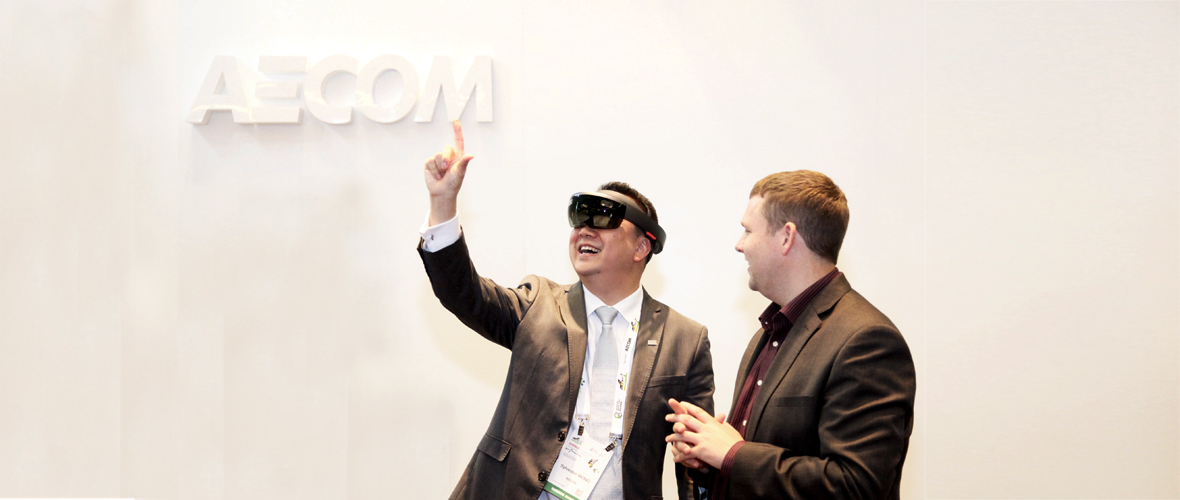Imagining what’s next. Together
AECOM was a sponsor of WSBE 2017 held in Hong Kong this year. WSBE is the leading sustainable built conference which draws international engineering delegates from over 55 countries. Our professionals are hosted two parallel sessions and presenting a number of technical papers.
Featured presentations:
Vision-led sustainable neighborhoods
Asia is one of the world’s fastest urbanizing regions, providing significant opportunities and challenges for those shaping new developments or regenerating and re-integrating older ones. What are the myths and musts of achieving sustainable neighborhoods? How can we better anticipate and address the future design and delivery of sustainable neighborhoods that achieve jointly positive economic, environmental and social impact.
High performance transportation hubs
How do high performance transportation hubs translate into high performance as a Smart City and as a sustainable city? Hong Kong is a microcosm of many of the world’s most pressing, transportation-related environmental challenges and at the same time, also at the forefront of piloting and practicing many of the world’s leading ideas for solutions. As the city moves forward with its strategies to update its role in the Pearl River Delta – and as Asia’s world city – we look at the globally pioneering approaches being implemented for the signature land, sea and air infrastructure to help its continuous evolution as a Smart City.
Low carbon construction for public housing in Hong Kong makes a difference
By implementing a low carbon construction plan for a public housing development in Hong Kong, AECOM reduced greenhouse gas emissions of the construction contract period by 15.9%. The development is comprised of 6 housing blocks of 35-40 storey residential buildings and over
5,000 residential units and covered both the supply chain and on-site construction. Pioneering low carbon construction measures adopted in construction included volumetric precast kitchens, integrated photovoltaic panels, marine mud paving blocks, use of electric and bio-diesel vehicles as well as recycling and waste sorting facilities for each block and tree planting for greening.
Combining biophilic and active design to foster a healthy community
Biophilic design elements can successfully integrate various natural elements within our working environment and positively influence our living style. Whereas, biophilic design is used at individual building level, active design is concern with ways to form a healthier community through proper space planning and design. It focuses on inducing people to explore and utilize their surrounding facilities and therefore promoting the health of the occupants. By applying these two design philosophies at both building and community level, it maximizes the health benefits to occupants both psychologically and physically.
Applying social innovation in designing an aged care centre
Social innovation is considered in a Southeast Asian context and how a bottom up approach improves the sustainable design of public buildings such as schools and community centres. A living lab case study from Malaysia demonstrates how identifying and analysing community needs by consulting the latter is fundamental to the design of a community care centre for the aged.




